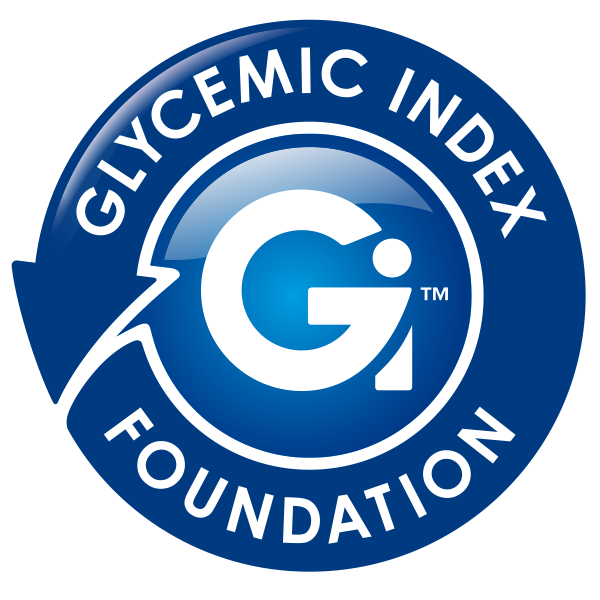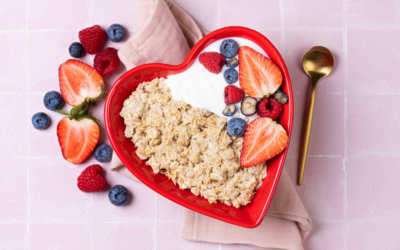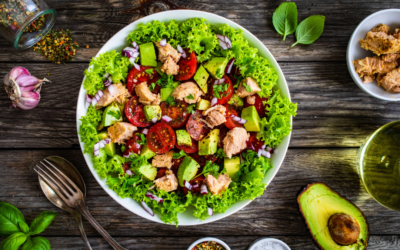Your diet plays an important role in how energised you feel, and your tendency to crave sweet treats. The answer: good carbohydrates. The sustaining power of healthy low GI carbohydrates means increased vitality, helping you to avoid that arvo slump.
Why? Good carbohydrates are broken down slowly, trickling a steady supply of fuel into your tank for steady energy. They also help with concentration and make you feel fuller for longer – curbing those cravings to overeat.
On the other hand, high GI foods are like a roller coaster causing a sudden spike in your blood sugars, then inevitable crash leading to peaks and troughs in energy.
Paying attention to the quality of carbohydrates you enjoy is not only important over the short term, or for your energy levels. When your blood sugar levels move up and down rapidly or stay high, it disrupts your natural blood glucose balance. Over time, this can lead to your body having trouble responding properly, which can then lead to many health problems including Type 2 diabetes, obesity, high blood pressure, stroke and heart disease.
It might surprise you that most people don’t actually eat too much carbohydrate – they just eat the wrong type. Simple swaps from high to low GI carbohydrates is a scientifically proven way to help you feel fuller for longer, lose or maintain ideal weight, increase brain power, keep you active for longer and prevent or manage a range of health conditions including diabetes, blood cholesterol, PCOS symptoms, age-related macular degeneration and acne.
What are great low GI carbohydrate options for breakfast to keep you going all day?
Toast: Go for dense wholegrain bread, authentic sourdough or breads that carry the GI Symbol and say goodbye to soft/airy breads, crumpets, Turkish bread and focaccia. Top with good sources of protein or healthy fats – think baked beans, eggs, smoked salmon, avocado.
Cereal: Choose traditional oats, bircher muesli or cereals that carry the GI Symbol over flaked wheat or puffed rice cereal. Top with unsweetened yoghurt and high fibre, low GI fruits such as berries, banana, pear, apple, or stone fruits such as peaches and nectarines.
For a selection of low GI breakfast recipes, head here.



